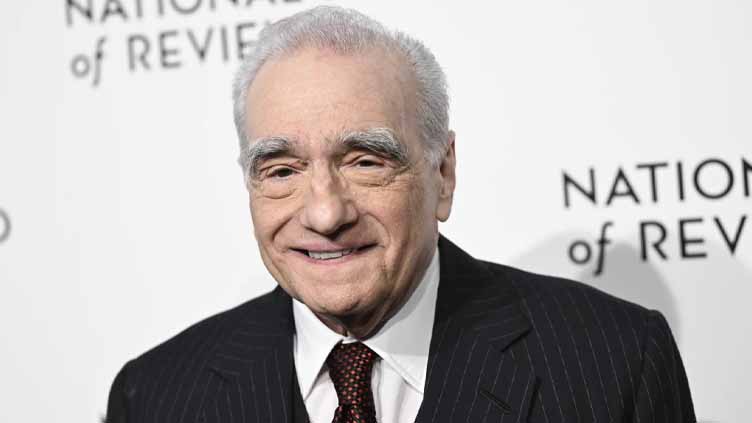Martin Scorsese on 'The Saints,' faith in filmmaking and what his next movie might be

Entertainment
For decades, Scorsese has pondered a project dedicated to the saints
NEW YORK (AP) — When Martin Scorsese was a child growing up in New York’s Little Italy, he would gaze up at the figures he saw around St. Patrick’s Old Cathedral.
“Who are these people? What is a saint?” Scorsese recalls. “The minute I walk out the door of the cathedral and I don’t see any saints. I saw people trying to behave well within a world that was very primal and oppressed by organized crime. As a child, you wonder about the saints: Are they human?”
For decades, Scorsese has pondered a project dedicated to the saints. Now, he’s finally realized it in “Martin Scorsese Presents: The Saints,” an eight-part docudrama series debuting Sunday on Fox Nation, the streaming service from Fox News Media.
The one-hour episodes, written by Kent Jones and directed by Matti Leshem and Elizabeth Chomko, each chronicle a saint: Joan of Arc, Francis of Assisi, John the Baptist, Thomas Becket, Mary Magdalene, Moses the Black, Sebastian and Maximillian Kolbe. Joan of Arc kicks off the series on Sunday, with three weekly installments to follow; the last four will stream closer to Easter next year.
In naturalistic reenactments followed by brief Scorsese-led discussions with experts, “The Saints” emphasizes that, yes, the saints were very human. They were flawed, imperfect people, which, to Scorsese, only heightens their great sacrifices and gestures of compassion. The Polish priest Kolbe, for example, helped spread antisemitism before, during WWII, sheltering Jews and, ultimately, volunteering to die in the place of a man who had been condemned at Auschwitz.
Scorsese, who turns 82 on Sunday, recently met for an interview not long after returning from a trip to his grandfather’s hometown in Sicily. He was made an honorary citizen and the experience was still lingering in his mind.
Remarks have been edited for clarity and brevity.
AP: What made you want to make “The Saints”?
SCORSESE: I go back to my early childhood and respite and the sanctuary I found in St. Patrick’s Old Cathedral. Not being able to play sports or be a tough guy in the streets. And, you know, the streets were pretty tough down there. I found a sanctuary in that place. It’s now a basilica. The first Catholic Cathedral in New York in 1810, 1812. It figures in “Gangs of New York.” The Know Nothings and anti-immigration groups attacked it in 1844.
Archbishop Hughes fought back. It’s a place rife with history. In this contemplation, I was curious about these figures, these statues, and what they represented. They had stories.
AP: Did you understand them then or did they seem divine?
SCORSESE: It took time to think about that and to learn that, no, the point is that they are human. For me, if they were able to do that, it’s a good example for us. If you take it and put it in a tough world — if you’re in a world of business or Hollywood or politics or whatever — if you’re grounded in something which is a real, acting out of compassion and love, this is something that has to be admired and emulated. They make mistakes. I found that by over-appreciating that person, it almost takes you off the hook. “At least there’s someone doing it.” Well, what about you? Dorothy Day was quite something but she knew: Don’t put that label on me because it gets everyone off the hook.
AP: Any older films?
People should see “A Face in the Crowd” over and over again. I think that’d be important.
AP: Do you have any strong feelings about the election?
SCORSESE: Well, of course I have strong feelings. I think you can tell from my work, what I’ve said over the years. I think it’s a great sadness, but at the same time, it’s an opportunity. A real opportunity to make changes ultimately, maybe, in the future, never to despair, and to understand the needs of other people, too. Deep introspection is needed at this point. Action? I’m not a politician. I’d be the worst you could imagine. I wouldn’t know what actions to take except to continue with dialogue and, somehow, compassion with each other. This is what it’s about.



